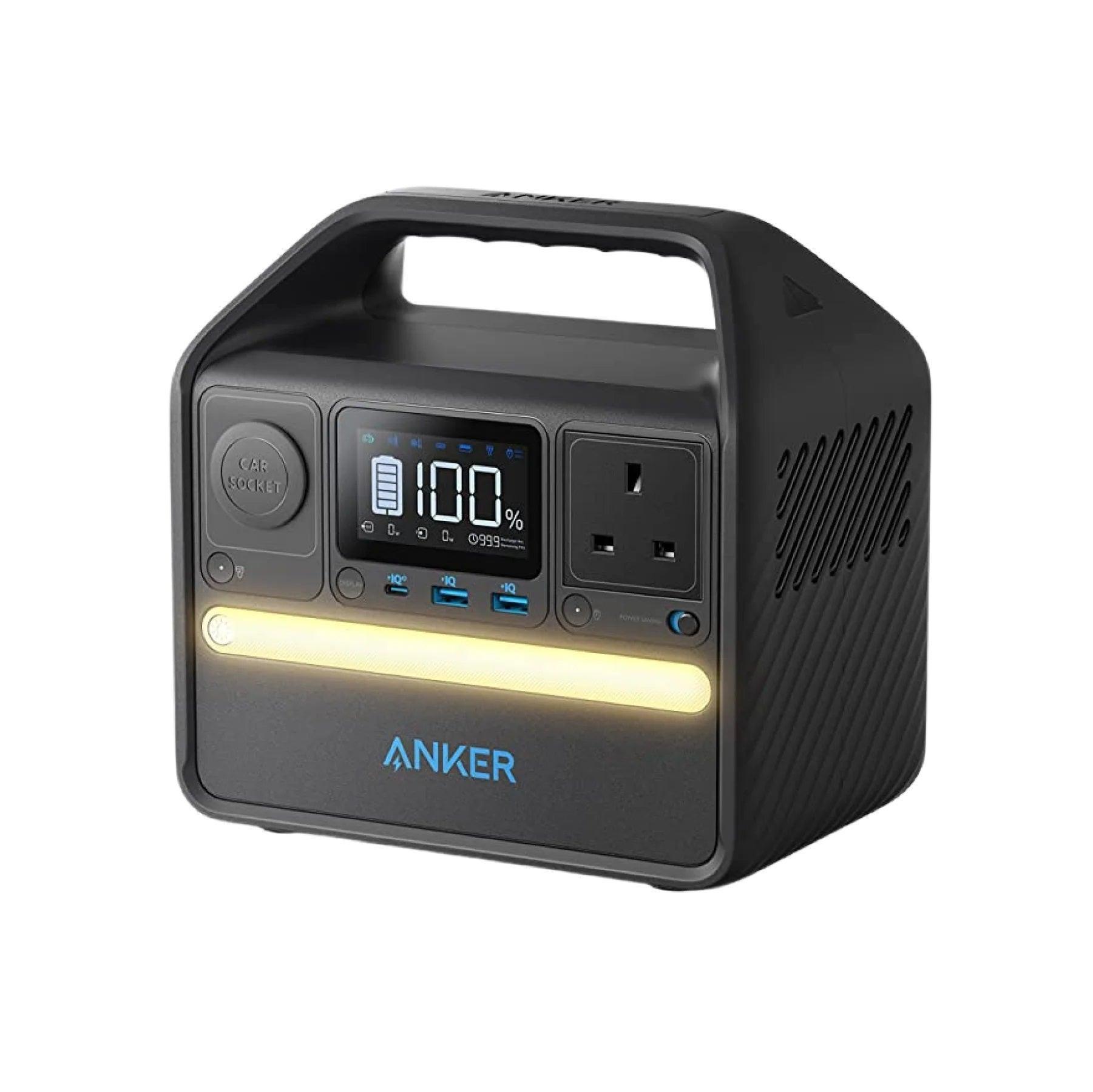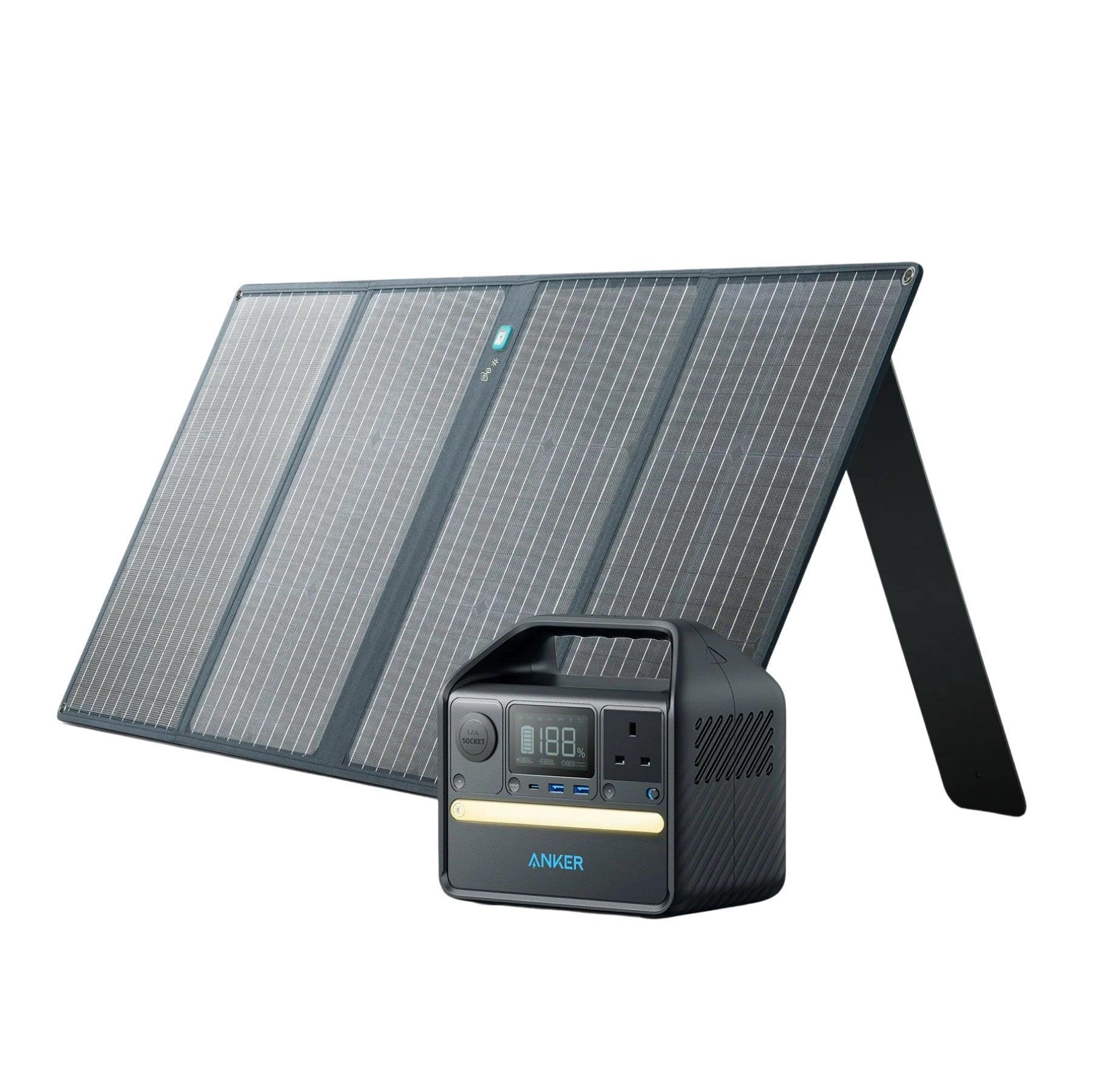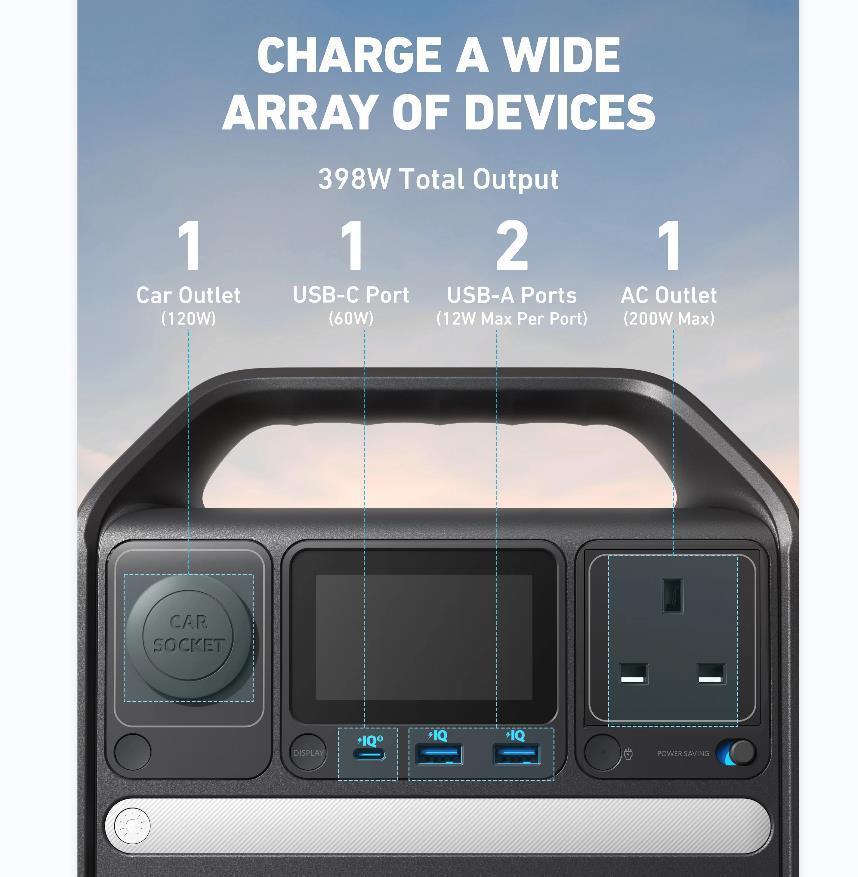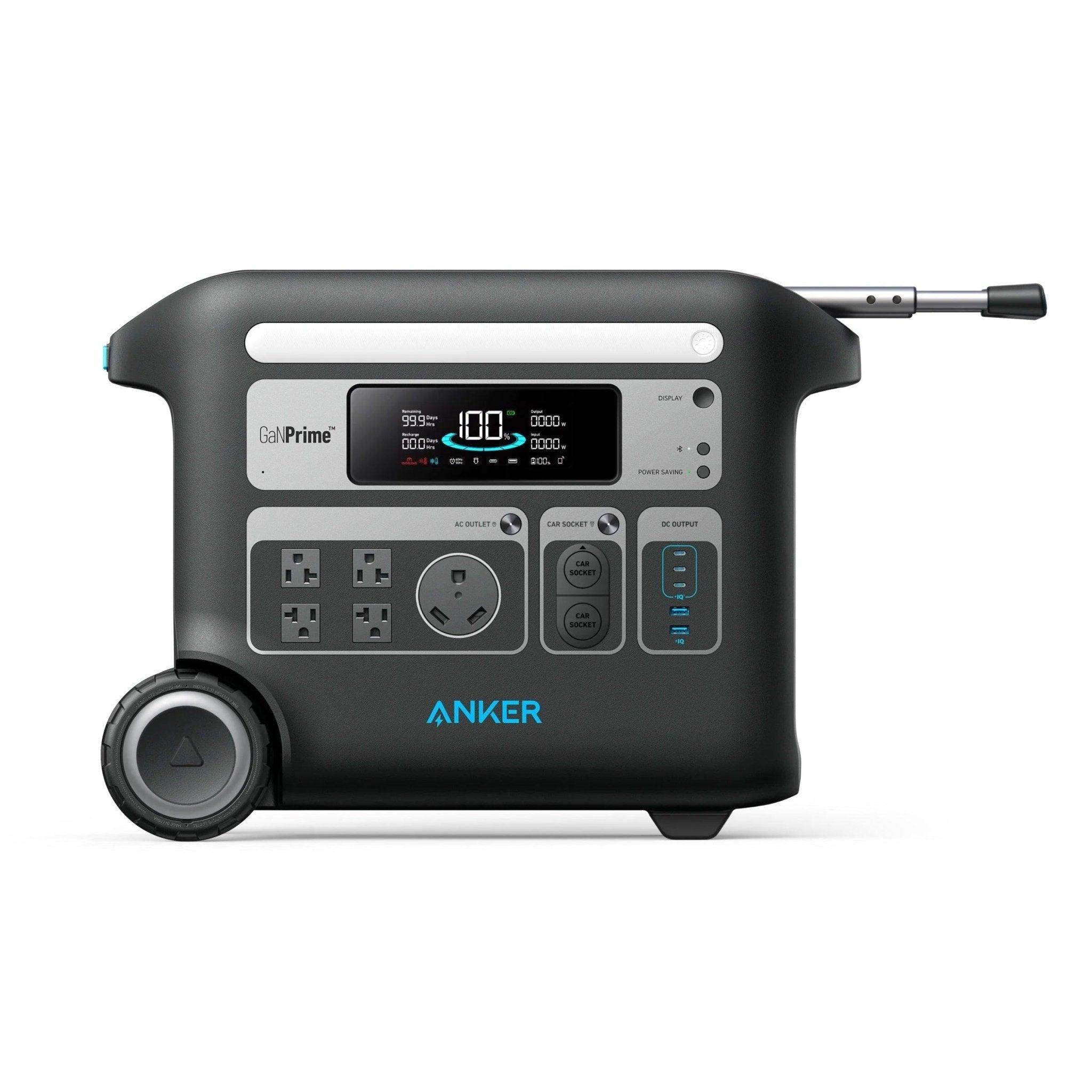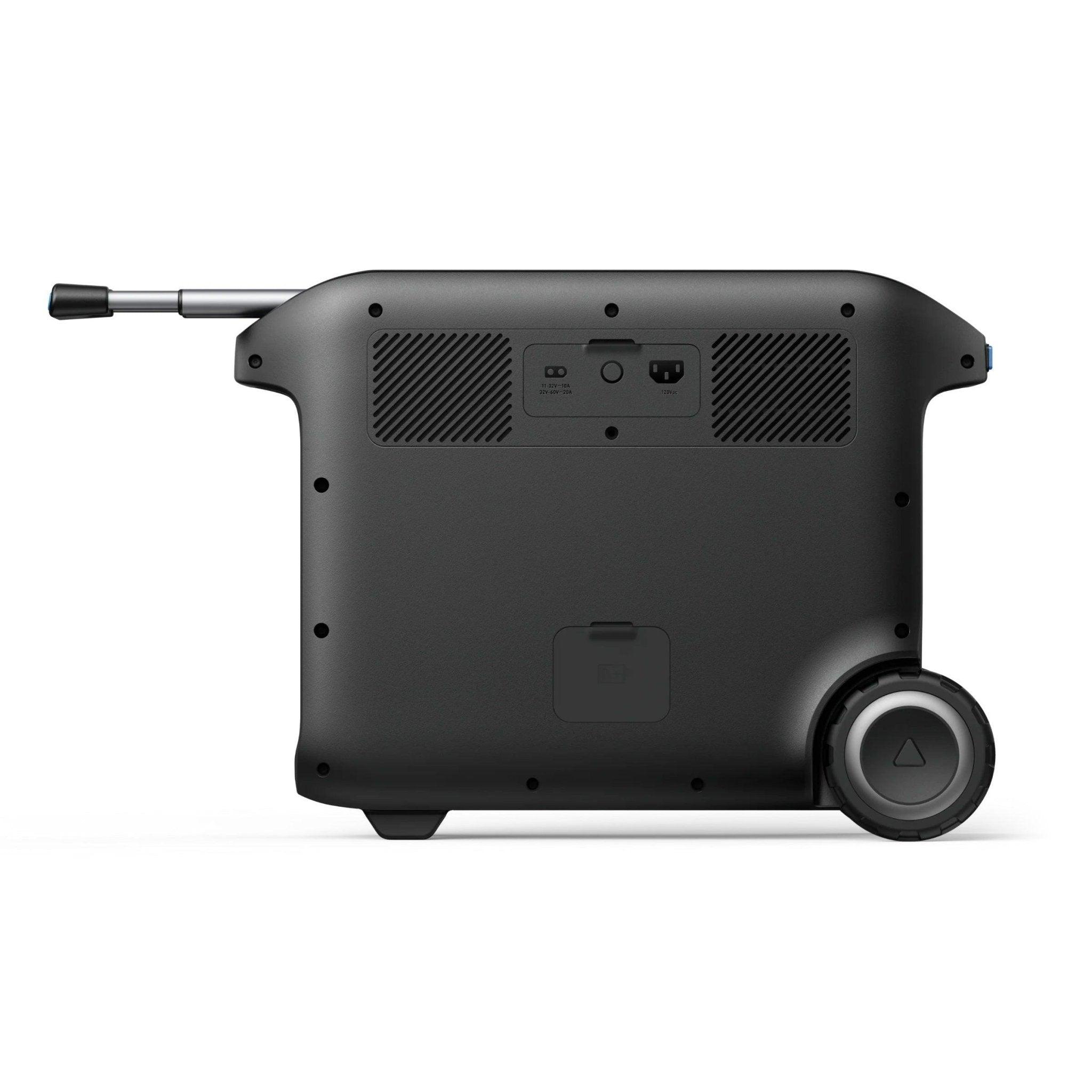Are you looking for a reliable way to keep your electrical appliances running without having to plug into the electricity grid? If so, it may be worth considering investing in a portable power station. Portable power stations are powerful batteries and inverters that can provide an off-grid alternative energy solution for those who want access to their home comforts when away from home or in case of blackouts. In this blog post we'll take a look at what appliances can portable power station run - from TVs to refrigerators. Stay tuned if you're thinking about adding one of these essential pieces of equipment to your trips, backup systems, or emergency kits!

How to Know If Portable Power Station Can Run Appliances?

Determining portable power supply for electronics involves understanding the power requirements of both the devices you want to power and the capacity of the power station. Here's a step-by-step guide to help you figure it out:
- Check Appliance Power Rating: Find the power consumption label on your appliances (in watts). This tells you how much energy they need to run.
- Identify Power Station Capacity: Look at the capacity of your portable power station (in watt-hours or Wh). This indicates how much energy it can provide.
- Compare Power Levels: Ensure the total power consumption of your devices is below the power station's capacity. Add up the wattages of all appliances you want to run simultaneously.
- Consider Inrush Current: Some appliances have a surge of power when starting (e.g., refrigerators). Check if the power station's surge rating can handle it.
- Efficiency and Voltage Conversion: Account for energy losses in the power station's inverter when converting DC to AC. Calculate roughly 85-90% efficiency.
- Usage Duration: Divide the power station's capacity by the total power consumption of your devices to estimate how long they can run.
- Monitor Battery Level: While using the power station, monitor its battery level to understand real-world performance.
- Safety Margin: Leave some buffer between power station capacity and appliance consumption for optimal performance and safety.
By following these steps, you can make an informed decision about which appliances are compatible with your portable power station. Remember, safety and optimal performance are paramount, so ensure that you're well within the power station's capacity limits to avoid damaging the equipment or compromising its longevity.
Can a Portable Power Station Power a TV?
A portable power station can power a TV, but the feasibility depends on the power consumption of the TV and the capacity of the power station. Modern LED or LCD TVs tend to be energy-efficient and can be easily powered by portable power stations with sufficient wattage. In most cases, smaller TVs, such as those in the 32 to 40-inch range (generally consuming around 30 to 100 watts), can be easily powered by a portable power station with a capacity of 150Wh or higher.
However, larger TVs or extended viewing times may require power stations with greater capacities. Always refer to the specifications of both your TV and the power station to ensure compatibility and a satisfying entertainment portable power supply for TV experience.
Can an AC Unit Be Powered by a Portable Power Station Power?

Using a portable power station for air conditioner is possible, but it depends on the AC unit's power consumption and the capacity of the power station. Here's a breakdown of different AC unit types, their general power consumption per hour, and the power capacity needed from a portable power station:
Window Air Conditioner
- Power Consumption: 900 to 1,400 watts per hour
- Portable Power Station Capacity Needed: To power a window AC unit, a power station with a capacity of 1,500Wh can potentially power a window AC unit for a limited time.
Portable Air Conditioner
- Power Consumption: 2,900 to 4,100 watts per hour
- Portable Power Station Capacity Needed: For larger portable AC units, a power station with a capacity of 3,500Wh to 4,500Wh would be necessary.
Central Air Conditioning (Typical Home System)
- Power Consumption: Varies widely based on home size and unit efficiency, but can range from 3,000 to 5,000 watts or more per hour.
- Portable Power Station Capacity Needed: To power a central AC unit, a portable power station with a capacity of at least 3,500Wh would be required. (While it's technically possible to power a central AC with a power station, it's not practical due to the extremely high power consumption. A solar generator or alternative power source is more suitable.)
Keep in mind that powering an AC unit with a portable power station might significantly reduce the power station's runtime, especially if the AC runs continuously. Also, many AC units have a startup surge that requires extra power momentarily.
Is It Possible for a Portable Power Station to Supply Power to a Refrigerator?

Using a portable power station for refrigerator as its power supply is possible, but there are a few factors to consider:
Refrigerator Energy Consumption
The energy consumption of a refrigerator can vary widely depending on the model, size, efficiency, and usage. On average, a standard refrigerator might consume around 1000 to 2000Wh per day. This is just an estimate and actual energy consumption can be higher or lower.
Starting Power (Surge Power)
When a refrigerator starts, it requires a higher amount of power for a brief moment. This is known as surge power or starting power. It's usually about 2 to 3 times the refrigerator's running wattage. So, if a refrigerator runs at 100 watts per hour, its starting power might be around 200 to 300 watts.
Portable Power Station Wattage
To determine the portable power station's wattage needed to run a refrigerator, you need to consider both the running power and the surge power. You'll want a power station with a continuous output rating higher than the running wattage of the refrigerator and a surge power rating that can handle the starting power.
Let's assume the following scenario:
- Refrigerator Running Wattage: 100 watts
- Refrigerator Surge Power: 200 watts
- Daily Energy Consumption: 500 watt-hours (Wh)
In this case, you would want a portable power station with at least the following specifications:
- Continuous Output Power: 200 watts or more (to handle the running wattage)
- Surge Power: 300 watts or more (to handle the surge power)
- Capacity: At least 500 watt-hours or more (to cover the daily energy consumption)
Keep in mind that the actual specifications you need might differ based on the specific refrigerator you have and its usage patterns. It's always a good idea to leave some buffer in the power station's capacity to account for any unexpected spikes in energy usage.
Conclusion
In conclusion, portable power stations are versatile solutions that can power appliances. To ensure compatibility, be aware of the wattage requirements of your devices and the capacity of your chosen power station. While powering energy-efficient devices like TVs and smaller appliances is feasible, using portable power stations for power-hungry devices like air conditioning units requires careful consideration. Similarly, running refrigerators on portable power stations can provide convenience, but selecting the appropriate capacity is crucial for sustained operation.

